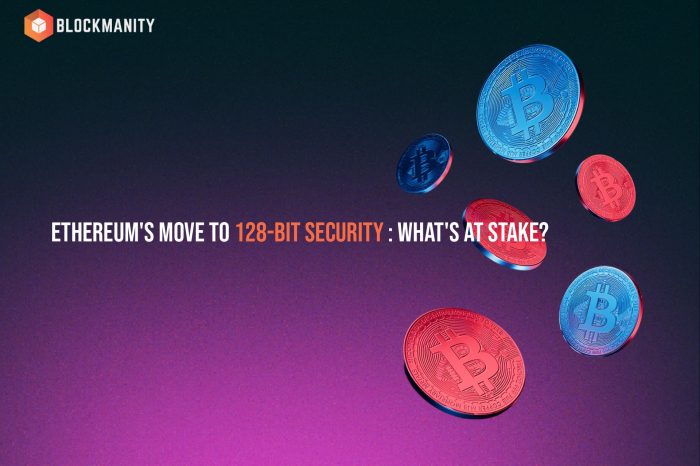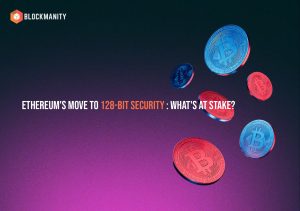Pay-to-End-Point [P2EP]: Blockstream’s proposal to improve the privacy of Bitcoin [BTC] transactions

One of the biggest drawbacks of paying in Bitcoins is that the transactions are public. That means anyone with a block explorer can see the transaction. This limitation of Bitcoin has given rise to an entirely new industry of “Bitcoin transaction analysis”. These companies scan the transaction and figure out who is behind the transaction.
Built upon this limitation of Bitcoin, new coins dubbed as “privacy coins” were invented. ZCash, Monero, Bitcoin Private are a few such examples. But Blockstream, the company behind Lightning network and Segwit, is soon about to change that.
In Blockstream’s latest blog post, they introduce a new mechanism for privacy-related transactions called the Pay-to-End-Point or P2EP for short. This new mechanism of the transaction does not require any changes to the existing Bitcoin protocol and it does not even require a new layer.
What is P2EP?
Pay-to-End-Point or P2EP, is Blockstream’s initial proposal to enhance the privacy of Bitcoin. The solution of P2EP is based on solving some major problems related to enhancing the privacy of Bitcoin. Enter P2EP. The idea behind P2EP is that both Sender and Receiver should contribute to the transaction via multiple “fake” transactions in an endpoint provided by the Receiver based on a BIP 21 URI.
To understand the working of P2EP, let’s assume an example where two spies A and B, who are working inside a secure secret facility have to pass a secret message to each other. All communications are recorded in the facility and the only way for the spies to pass messages are in open.
Now if Spy A needs to send a message to Spy B in front of everyone.
- Spy B first acknowledges Spy A.
- Spy A conveys he has a message.
- Spy B then starts small talk in which he has secretly asked what’s the message.
- Spy A also replies in small talk while Spy B secretly picks the message hidden behind.
With the above logic in mind, let’s break down the transactions in steps:
- The receiver generates a number a private receiving endpoint based on the receiver’s wallet address based on BIP 21.
- The Sender initiates the transaction with the Receiver by confirming that the endpoint provided is available.
- The receiver then sends a number of transactions to the Sender for them to sign. Out of this only one of them is a valid transaction.
- Once the Receiver receives a valid transaction, that transaction is broadcasted by the network.
Advantages and disadvantages P2EP
Advantages:
- The privacy transaction shares the same appearance as a regular transaction.
- Sending wallets can be lightweight wallets.
- Senders and Receivers are provided greater privacy.
Disadvantages:
- The Receiver, as well as the Sender, must be online for the payment to be processed as a P2EP transaction.
- The interactive nature of P2EP will slightly delay transaction broadcast.
- The Receiver needs to have a ‘hot wallet’ in order to sign transactions.
- Fees may be greater for the Sender due to the increase in transaction size.
- Wallet processing is increased when compared to traditional transactions.
- The Receiver needs to have access to a full node.
The P2EP is still in very early stages, and a lot of community refinement will be done before it will be implemented. But its a step in the right direction, to increase the privacy of Bitcoin.
Discuss this news on our Telegram Community. Subscribe to us on Google news and do follow us on Twitter @Blockmanity
Did you like the news you just read? Please leave a feedback to help us serve you better
Disclaimer: Blockmanity is a news portal and does not provide any financial advice. Blockmanity's role is to inform the cryptocurrency and blockchain community about what's going on in this space. Please do your own due diligence before making any investment. Blockmanity won't be responsible for any loss of funds.














